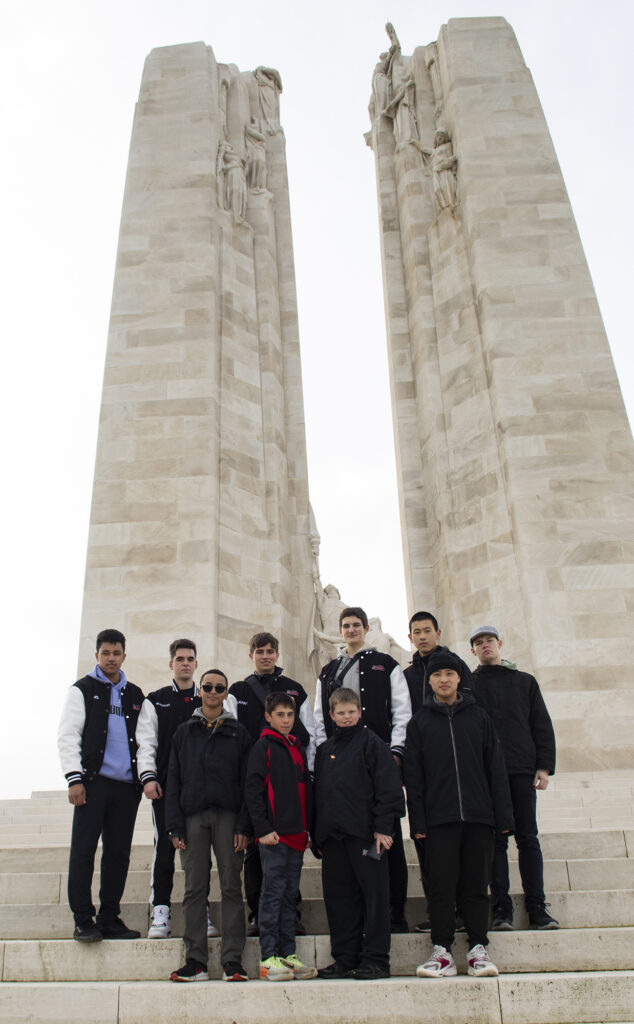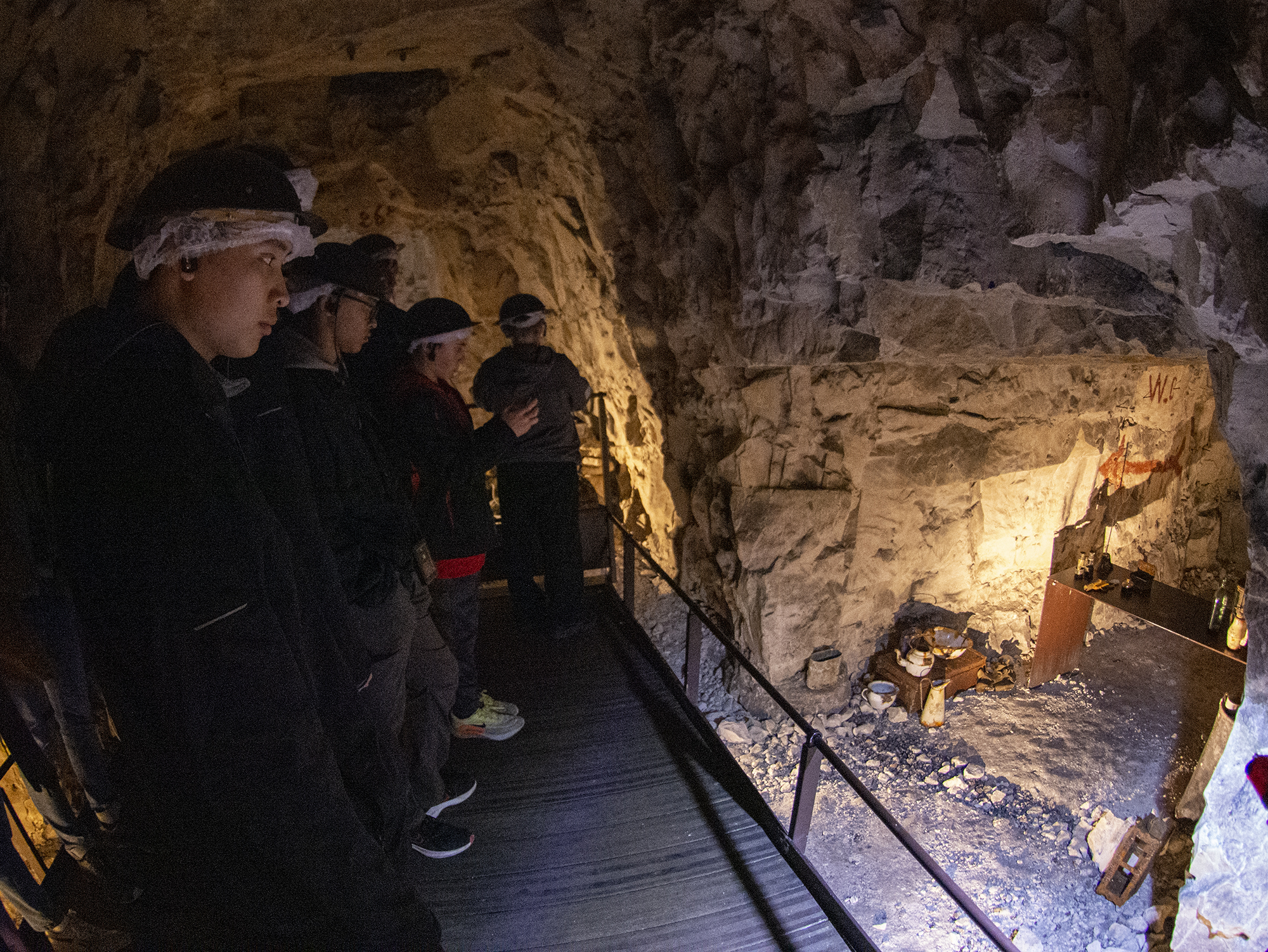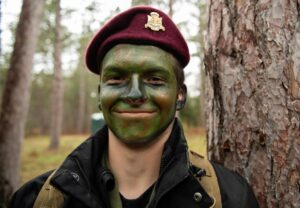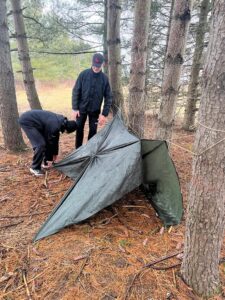It was the first day of an educational experience Sunday, March 12, 2023, for the students taking part in the March Break trip to France as they explored areas in and around Arras France related to the Battle of Arras from WW1.
From Apr. 9, 1917 through May 16, 1917, the Battle of Arras was a British offensive on the Western Front.
This battle was part of a wider plan called the Nivelle Offensive which was meant to break the deadlock on the Western Front.
Part of this battle was the successful attack on Vimy Ridge, April 9, 1917, to April 12, 1917, made by the Canadian Corps. It was the first time all four Canadian divisions fought together. This attack on Vimy Ridge holds a special place in Canadian history.

“I can’t imagine what it was like for those soldiers,” Sgt. Kevin Buechler said after absorbing the details of the day. “For them to go out there, on their own, not knowing totally what’s going on, but, knowing where they may end up later, it kinds of makes today special, it’s an honour to be here today and remember them.”
The experience began with a trip to visit the French War Cemetery of Notre Dame de Lorette, the largest French military cemetery in the world.
The cemetery holds the remains of more than 40,000 French soldiers who died during battles around the area in World War 1 as well as 6 bodies of soldiers who died in World War 2, and one French soldier from the Indochina conflict, 1945 – 1954, and the body of one soldier from the French-North African conflict from 1952 – 1962.
Next the group visited Caberet-Rouge Cemetery near Vimy Ridge, it holds the remains of 7,650 Commonwealth soldiers killed near Vimy Ridge during World War 1.
Soldiers from Great Britain, Australia, South Africa, India New Zealand, Ireland, and Canada were placed in this cemetery.
In May 2000, the remains of an unknown soldier were removed from this cemetery, and they now are located at the Tomb of the Unknown Soldier in Ottawa, he is a focal point for Remembrance Day ceremonies there remembering the lives of 116, 000 Canadians who lost their lives in the war.
The tour then went to the National Vimy Commemorative Park. On the first day of the Battle of Arras, the Canadian Corps had the task of attacking Vimy Ridge from which the Germans commanded the heights there and could control the sector.
The Canadians successfully drove the German forces from the ridge. More than 10,500 Canadians were killed or wounded during the assault.
The tour at the ridge included a visit to the Canadian National Vimy Memorial and a tour through the “subway” tunnels and the trenches that took the Canadian soldiers into battle.
The tour group also stopped at the Neuville-St Vasst German War Cemetery and ended with an exploration of the Wellington Tunnels in Arras.
The Wellington Tunnels were dug by professional tunnel diggers from New Zealand and ultimately was used in the deployment of troops secretly to the Battle of Arras. Soldiers from the Commonwealth and equipment were moved to and stored in the tunnels until the beginning of the battle on Apr. 9, 1917.
“It’s important for us to remember so it never happens again,” Buechler said. “Without their sacrifices, the world would look a lot different.”





